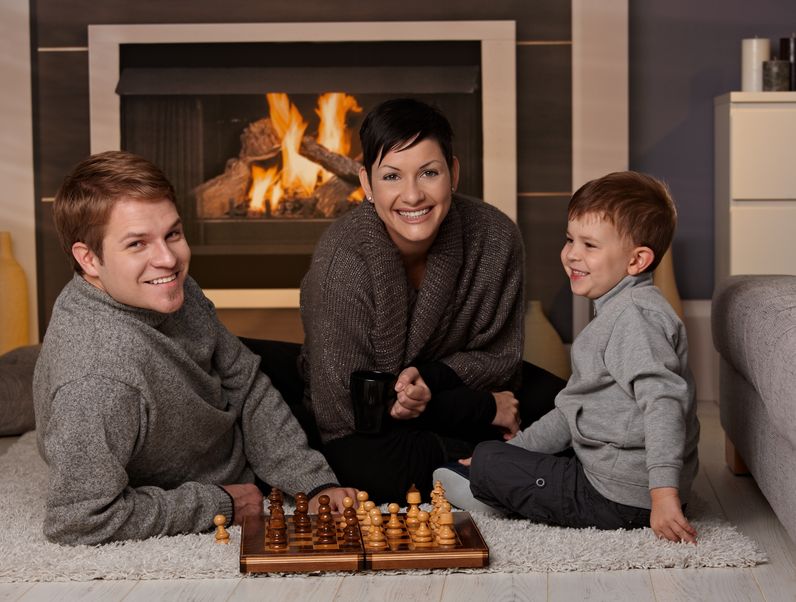
You and Your Fireplace
 Homeowners would be surprised at how many varieties of fireplaces exist. There are those made by masonry, those made out of concrete and those that are prefabricated. Masonry and concrete fireplaces are very durable and capable of lasting over a century if maintained properly. The only downfall to masonry or concrete fireplaces is that they are prone to cracking at extreme temperatures. Fabricated fireplaces are relatively inexpensive to produce and can be custom made to fit in an existing location. Some homeowners prefer burning wood and others simplify prefer gas jets. Gas fireplaces are also known as vented fireplaces. They are fueled by gas and function to produce heat while some are strictly for decorating purposes. Controlled fireplaces provide light and warmth for the most part. Gas fireplaces are hooking up to gas lines and are used mostly for decorative purposes.
Homeowners would be surprised at how many varieties of fireplaces exist. There are those made by masonry, those made out of concrete and those that are prefabricated. Masonry and concrete fireplaces are very durable and capable of lasting over a century if maintained properly. The only downfall to masonry or concrete fireplaces is that they are prone to cracking at extreme temperatures. Fabricated fireplaces are relatively inexpensive to produce and can be custom made to fit in an existing location. Some homeowners prefer burning wood and others simplify prefer gas jets. Gas fireplaces are also known as vented fireplaces. They are fueled by gas and function to produce heat while some are strictly for decorating purposes. Controlled fireplaces provide light and warmth for the most part. Gas fireplaces are hooking up to gas lines and are used mostly for decorative purposes.
Gas fireplaces are categorized into direct vent, top vent and vent-free. Direct vent types use two pipes, one that brings gas in and one that brings gas out. Top vent gas fireplaces are installed in existing fireplaces using the existing chimney as an exhaust. Vent-free gas fireplaces have no vent. They have a sensor that detects when oxygen levels are getting low and shut off accordingly.
You might be one of those homeowners who do not have that much space in your home but would love to enjoy the warmth a fireplace gives. Electric fireplaces can easily fit into small apartments or homes which are not built with chimneys. If you are on a tight budget, electric fireplaces are a cheaper alternative than the other types of fireplaces. Electric fireplaces contain glowing embers and wood which look real. In stores, electric fireplaces come in marble, brick, wood, and stone designs.
Any type of fireplace has to be properly maintained to function safely and properly. Wood fireplaces require inspection. Chimneys should be swept and cleaned regularly to avoid the possibility of unwanted fires sparking up inside. The size of a fire in a wood fireplace should always be controlled to avoid the risk of emergencies. Gas lines in a gas fireplace system should be inspected regularly for leaks.
For Texans, there is limited need for the practical side of a fireplace – which is to provide warmth. However, you will not walk into too many homes in the Lone Star State that do not have one. The aesthetic appeal is more than enough reason to include it in many dream homes.
Leone, Jay. “Types of Fireplaces.” EHow. Demand Media, 06 Oct. 2009. Web. 06 Nov. 2012.
Call us today to view our new home plans: 713-539-0048 – Sign up for our New Home Buying Tips
Visit our website: www.fairmontfarm.wpengine.com
Tour our model homes – View our available new home floor plans – View our photo gallery
Follow Us: Facebook – Twitter – YouTube – LinkedIn – Google Plus


Sorry, the comment form is closed at this time.